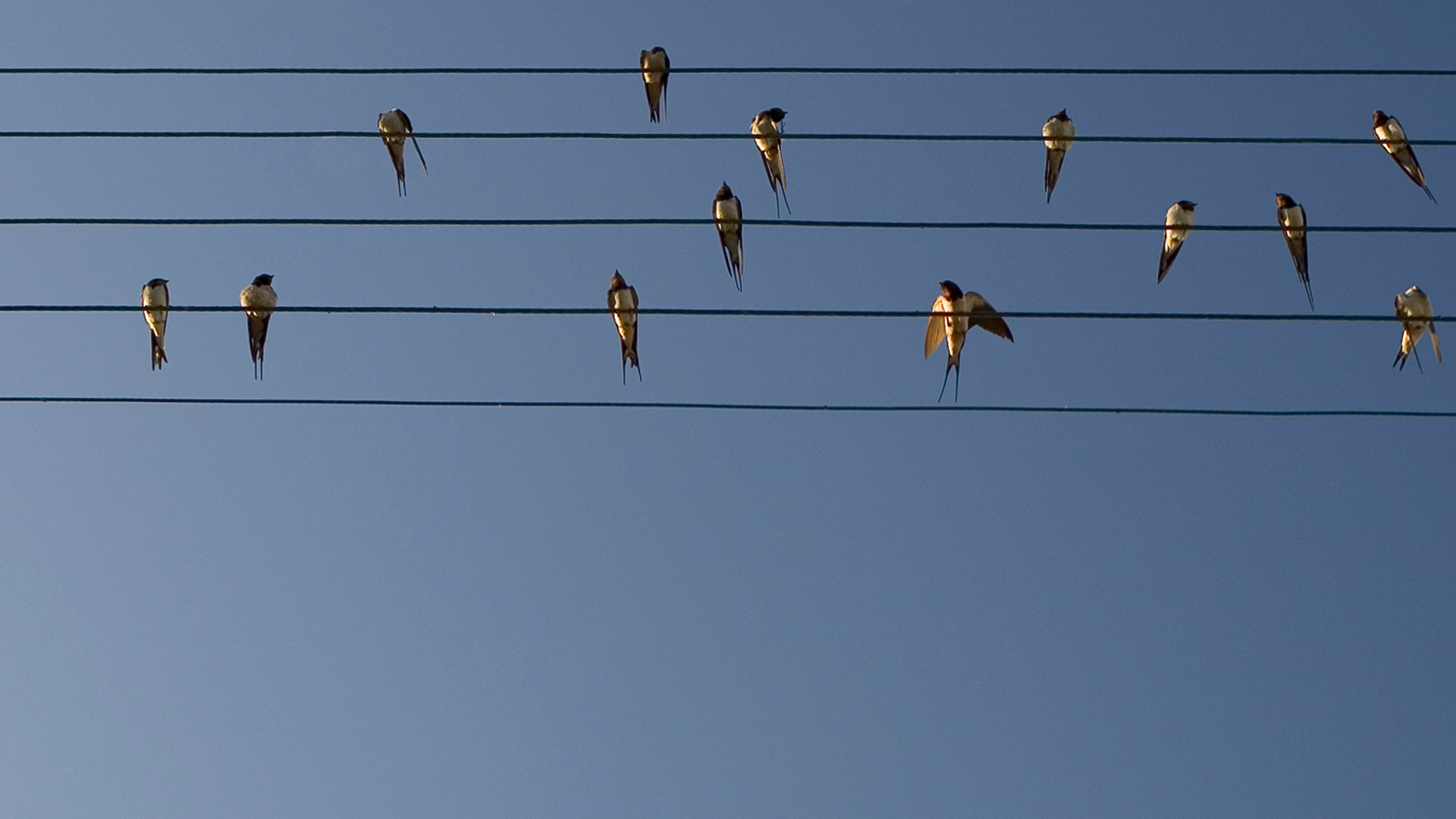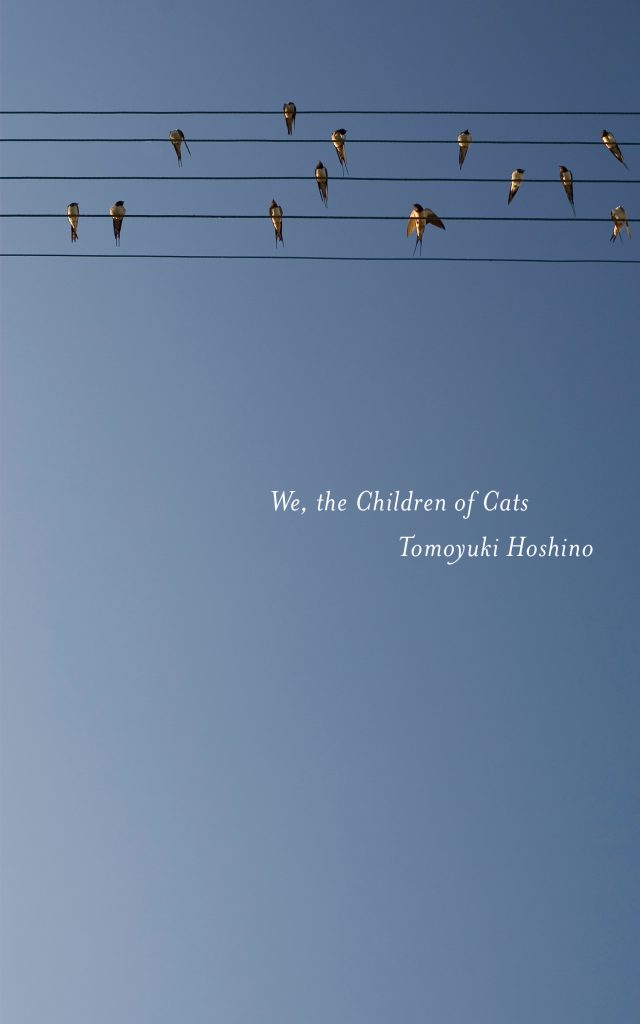By Paul McCarthy
The Japan Times
January 19th, 2013
WE, THE CHILDREN OF CATS, by Tomoyuki Hoshino, edited and translated by Brian Bergstrom with an additional translation by Lucy Fraser. PM Press, 2012, 266 pages, $20 (paperback)
In a moving preface to the English translation, author Tomoyuki Hoshino speaks of his love for the stories (five in all) and novellas (three) included in this volume.
He gives the reader a valuable clue to understanding his fictional world by declaring that they are about characters who are marginal (“share a certain measure of minority”). They may not be obviously in the minority, but they see things in a different manner from the approved, “normal,” common-sensical way; and their principal weapon against a world that has excluded them is imagination, through which they create spaces for themselves.
Hoshino worked as a journalist in the Kanto region for some time (Brian Bergstrom’s detailed and analytic afterward specifies the Urawa area of Saitama Prefecture, which is the partial site of the novella “Sand Planet,” together with Tokorozawa and Sayama, also in Saitama) and lived for some years in Mexico, studying Latin American literature.
The story “Treason Diary” is set in Peru, and is clearly inspired by the takeover of the Japanese Embassy in Lima by a leftist guerrilla group some years ago, in the Alberto Fujimori era.
Similarly, the long novella “A Milonga for the Melted Moon” is set in a Latin American country, and centers on a professional knife-fighter/killer and a bar hostess, who wander about a fantastical city engaging in a passionate if often cryptic dialogue, undergoing multiple transformations, psychological and, it would seem, physical as well.
One of the challenges for the reader is to determine who is speaking, the knife-fighter or the bar hostess, or perhaps a new character who is a melding of both.
The point is not that Hoshino is writing autobiographical or “engaged”political fiction, but rather that he writes of what he knows, whether the setting is Japan or Latin America, Urawa or Lima. He takes what he knows and frees his imagination to create mostly “outsider” figures confronting extreme circumstances and reacting to them in startling ways. His favorite devices include hyperbole, radical ambiguity, paradox, and the coincidence of opposites. He may remind some readers now of Jorge Luis Borges, now of Gabriel Garcia Marquez, those two great Latin American writers; but Kenzaburo Oe, Japan’s Nobel Prize-winning author, has given him high praise, and Hoshino makes the point in his preface that his stories, whatever the setting or the ethnicity of the characters, are “minor Japanese realities.”
The novellas are long, exceedingly complex tours de force, and I will touch only on a few of the short stories here, for reasons of space. Even with the stories it is difficult to summarize, and probably pointless as well. Better to present some of the images, quasi-miraculous happenings and epiphanies that they present to the reader. I use religious language here not because I think Hoshino is a conventionally religious writer but to signal the intensity of his vision and his fundamental seriousness, no matter how strange and outrageous the worlds he is creating. He seems a kind of modern Dante who travels through Hell and Purgatory, never reaching Paradise.
In the course of his wanderings he, and we (Hoshino sees reading as potentially as transformative a process as writing), encounter the “Paper Woman,” who writes a novel about a woman who eats only paper, and turns herself into it. The woman-writer meets and marries a male writer named “Hoshino,” who writes on her skin in brush and ink, and finally inscribes a tattoo of portions of Don Quixote on her. She ends by setting herself on fire in the presence of her husband and child, ecstatically crying that at last she herself has become paper.
In “Air,” whose title alludes to a posthumous work for flute by Toru Takemitsu, we see a man and woman who experience shifts in gender identity, each developing fantasy organs of the opposite sex. A man who has lost his lover begins by mutilating his genitals (a variation on the wrist-cutting not uncommon among troubled young Japanese women) and attempting to create female genitalia in his own body. Meanwhile, a young woman finds herself developing what she calls “an air penis” on crowded trains, thereby gaining an insight into the feelings of the male molesters who appear on the nightly news from time to time.
These two troubled young persons meet at a social event and dance the night away together. They end by making love with their fantasy organs, and the story climaxes with their own, described in terms of breath moving through a flute: “As the two winds sounded their unbearably high-pitched notes in unison, their melting, liquid bodies vaporized completely, billowing out the window into the boundless sky outside to evaporate into thin air. … Even now, the intermingled sounds of the dual wind continue to play their hoarse-throated ‘Air’. ”
Fantasy organs are replaced by fantasy persons that gradually become “real” in “The No Fathers Club.” Starting from the idea of a soccer game played with an imaginary ball (“No Ball Soccer”), a group of fatherless high school students join together to create fantasy fathers. After a year, the less committed fall away since the rules are so strict: unwavering maintenance of the fiction of fantasy-fathers. When one of the founding members decides to leave, he gives as his excuse that his father (a purely fantasy figure) has died: “I don’t want to live with a fake father forever. So, I quit. Say hi to your dad for me.” (Hoshino’s tales are full of paradoxical, black humor, which is one of their charms.) Only one boy and his girlfriend are left, and then the boy begins to hear his fantasy-father speak, and they hold conversations. Soon, they’re all getting together as a foursome — the boy, his girlfriend, and their two fantasy-fathers: “Just as Kurumi had predicted, our fathers got along swimmingly,” the narrator-protagonist tells us.
The idyll is short-lived: The boy’s father turns out to be abusive, slapping him so hard that he draws blood from his son’s mouth. As the boy and Kurumi reveal more about their relationships with their respective fathers, their friendship ends in mutual recrimination: “As a parting shot, I said the line I’d forbidden myself from uttering: ‘Say hi to your dad for me.’ Kurumi’s final words to me were, ‘I’ll pray for your father’s health and happiness.’ It was like attending my own funeral.”
Every story and novella in this collection startles, confuses, yet finally energizes the attentive reader. The style of the translation is, as I hope the above quotes reveal, lively and realistic in dialogue and beautifully lyric in description when that tone is called for. The editor and translators are to be congratulated on presenting us with such an impressive sample of this brilliant contemporary writer.
Paul McCarthy, Ph.D. from Harvard, has taught language and literature at universities in the U.S. and Japan. He is a literary translator and writer.







